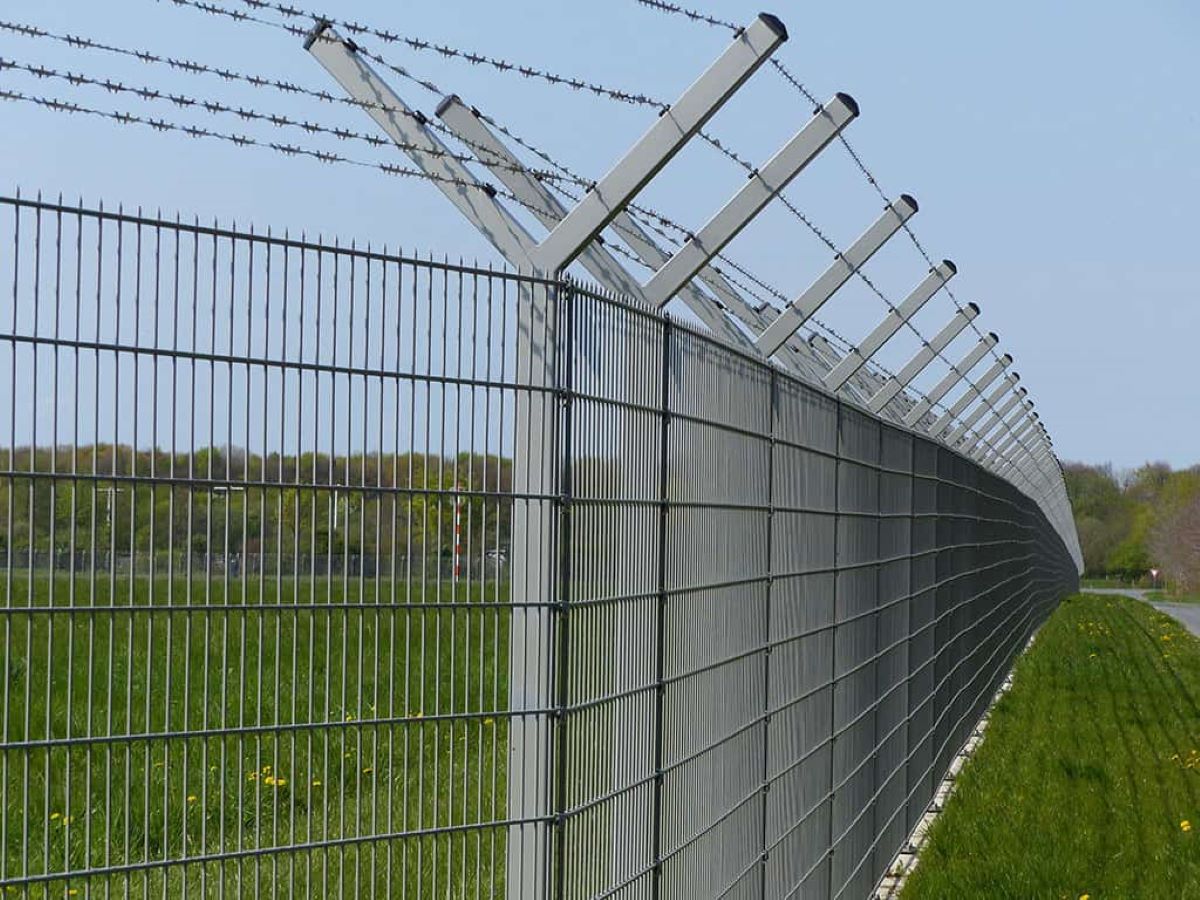

Articles
What Is A Perimeter Fence
Modified: May 6, 2024
Learn all about perimeter fences with this informative articles. Discover the benefits, types, and how to choose the perfect perimeter fence for your needs.
(Many of the links in this article redirect to a specific reviewed product. Your purchase of these products through affiliate links helps to generate commission for Storables.com, at no extra cost. Learn more)
Introduction
A perimeter fence is a physical barrier that surrounds and protects a specific area. It is commonly used in residential, commercial, and industrial settings to establish boundaries and improve security. The main purpose of a perimeter fence is to prevent unauthorized access, deter intruders, and provide a sense of safety and privacy for the property and its occupants.
Perimeter fences come in various types and designs, each with its own set of features and benefits. They can be made from different materials such as wood, metal, chain link, or concrete, and can be customized to suit specific needs and requirements. Additionally, technological advancements have introduced security features like surveillance cameras, motion sensors, and access control systems that can be integrated into perimeter fences to further enhance their effectiveness.
Choosing the right type of perimeter fence depends on several factors, including the level of security required, the aesthetics of the property, and the budget. It is crucial to carefully consider these factors to ensure the fence meets the intended purpose and provides the desired level of protection.
This article will explore the different types of perimeter fences, their benefits, installation and maintenance considerations, regulations and permits involved in their construction, as well as common challenges faced during the process. By the end, you will have a comprehensive understanding of perimeter fences and be able to make informed decisions when implementing them for your property.
Key Takeaways:
- Perimeter fences serve multiple purposes, including security, privacy, property delineation, and aesthetics. Careful consideration of factors such as security needs, budget, and local regulations is crucial when selecting and installing a perimeter fence.
- Challenges in perimeter fence construction, such as uneven terrain and weather exposure, can be overcome with proper planning and solutions. Compliance with local regulations and obtaining necessary permits are essential for a successful fence installation.
Read more: What Is A Fence
Definition of a Perimeter Fence
A perimeter fence is a physical barrier that is erected around a specific area to mark the boundaries and provide security. It is designed to prevent unauthorized access, deter trespassers, and protect the property and its occupants from potential threats. The fence serves as the first line of defense by creating a barrier that helps maintain privacy, control access, and mitigate risks.
A perimeter fence can be constructed using a variety of materials, including wood, metal, chain link, concrete, or a combination of these. Each material has its own strengths and weaknesses, and the choice depends on factors such as the level of security required, the aesthetics of the property, and the budget.
The height of a perimeter fence can vary depending on its intended purpose. For example, a residential fence may be lower and more decorative, while a commercial or industrial fence may be higher and have additional security features such as barbed wire or security spikes.
In addition to the physical structure itself, a perimeter fence can also incorporate technologically advanced security systems. These systems can include surveillance cameras, motion sensors, access control systems, and alarms, which enhance the overall security of the property.
Overall, a perimeter fence serves as a boundary marker, a deterrent against intruders, and a means of ensuring the safety and security of the enclosed area. It plays a vital role in protecting the property and providing peace of mind to the property owner.
Purpose of a Perimeter Fence
The primary purpose of a perimeter fence is to establish clear boundaries and enhance security for a specific area. By creating a physical barrier, a perimeter fence helps to control access and protect the property and its occupants. Let’s explore the key purposes of having a perimeter fence:
- Security: One of the main reasons for installing a perimeter fence is to enhance security. The fence acts as a deterrent, making it more difficult for unauthorized individuals to enter the property. It helps to prevent trespassing, burglary, vandalism, and other forms of unauthorized access.
- Privacy: A perimeter fence provides a level of privacy to the property owner and occupants. It restricts the view of outsiders, reducing the likelihood of prying eyes or unwanted attention. This is particularly important for residential properties where privacy is a priority.
- Safety: A well-constructed perimeter fence acts as a safety measure, especially for children and pets. It keeps them within the boundaries and protects them from potential dangers outside the property, such as busy roads or adjacent hazardous areas.
- Property delineation: A perimeter fence clearly marks the boundaries of a property, eliminating any confusion or disputes regarding ownership. It helps to define the property lines and prevent encroachment from neighboring properties.
- Aesthetics: In addition to its functional purposes, a well-designed perimeter fence can enhance the overall aesthetic appeal of a property. It adds a sense of beauty and coherence to the landscape, complementing the architectural style and enhancing curb appeal.
- Noise and visual disturbance reduction: Another benefit of a perimeter fence is that it helps to reduce noise and visual disturbances. It acts as a buffer, minimizing the impact of external noise and blocking unwanted views from neighboring properties or busy streets.
Overall, a perimeter fence serves multiple purposes, ranging from security and privacy to property delineation and aesthetic enhancement. It provides peace of mind, increased safety, and a sense of ownership and control for the property owner and occupants.
Types of Perimeter Fences
Perimeter fences come in various types and designs, each with its own characteristics, materials, and purposes. The choice of the fence type depends on factors such as security requirements, budget, aesthetics, and the intended use of the property. Let’s explore some common types of perimeter fences:
- Chain Link Fence: Chain link fences are a popular choice due to their affordability, durability, and versatility. These fences are made of interwoven steel wires forming a diamond pattern. They provide visibility and allow airflow while offering a level of security. Chain link fences can be galvanized for corrosion resistance or vinyl-coated for added durability and aesthetic appeal.
- Wooden Fence: Wooden fences are a classic choice that offers both security and aesthetic appeal. They are available in various styles, such as picket fences, privacy fences, and post-and-rail fences. Wooden fences can be made from different types of wood, including cedar, pine, or redwood. While they provide privacy, wooden fences require regular maintenance to protect against rot, insect damage, and weathering.
- Metal Fence: Metal fences, such as aluminum, steel, or wrought iron, are known for their strength and durability. They offer a high level of security and can be customized with decorative elements for added aesthetics. Metal fences require minimal maintenance but may be more expensive than other types of fences. They can be designed as panels or ornamental wrought iron for a more elaborate look.
- Concrete Fence: Concrete fences provide a solid and durable option for perimeter security. They are resistant to extreme weather conditions and provide excellent soundproofing and privacy. Concrete fences are often used in commercial or industrial settings where a higher level of security is required. They can be plain concrete panels or precast decorative panels designed to resemble other materials or patterns.
- Electric Fence: Electric fences are used to provide a strong deterrent against unauthorized access. They work by delivering a non-lethal electric shock when touched or tampered with. Electric fences are commonly used in agricultural or rural areas to contain livestock or to protect sensitive areas such as prisons or military installations. However, they must be installed and used according to specific regulations to ensure safety.
These are just a few examples of the types of perimeter fences available. Each type has its own advantages and disadvantages, and it is important to consider factors such as security needs, budget, maintenance requirements, and aesthetic preferences when selecting the most suitable fence for a specific property.
Benefits of a Perimeter Fence
A perimeter fence offers numerous benefits to property owners, ranging from increased security to improved privacy and aesthetics. Installing a well-designed and properly maintained fence can provide the following advantages:
- Security: One of the primary benefits of a perimeter fence is enhanced security. A fence acts as a physical barrier, deterring potential intruders and preventing unauthorized access to the property. It reduces the risk of theft, vandalism, and trespassing, providing peace of mind for property owners and occupants.
- Privacy: A fence creates a private space for the property owner, shielding the property from prying eyes and reducing noise from the surrounding area. It allows residents to enjoy their outdoor spaces without unwanted observation. Privacy fences can be especially beneficial for residential properties, providing a safe and secluded environment.
- Property delineation: A perimeter fence clearly marks the boundaries of a property, eliminating any confusion about property ownership and preventing encroachment from neighboring properties. It helps to establish a sense of ownership and control over the property.
- Aesthetics: In addition to their functional benefits, perimeter fences can enhance the overall appearance of a property. Different fence materials and designs can be chosen to complement the architectural style and landscape of the property, adding beauty and curb appeal.
- Noise reduction: A solid perimeter fence can act as a sound barrier, reducing noise pollution from nearby roads, businesses, or other sources. This is especially beneficial for properties located in busy areas or near highways.
- Safety: A well-constructed perimeter fence ensures the safety of occupants, especially children and pets. It provides a physical boundary that prevents them from wandering into potentially hazardous areas such as busy roads or neighboring properties.
- Controlled access: By installing a gate or an access control system, a perimeter fence allows for controlled entry and exit to the property. This is particularly useful for businesses, commercial properties, or gated communities, as it allows property owners to monitor and regulate who enters their premises.
Overall, a perimeter fence offers numerous benefits, including increased security, privacy, property delineation, aesthetics, noise reduction, safety, and controlled access. It is an investment that can greatly improve the functionality, value, and enjoyment of a property.
Read more: What Is A Vinyl Fence
Factors to Consider When Selecting a Perimeter Fence
Choosing the right perimeter fence for your property is a decision that should be based on careful consideration of various factors. The following are essential factors to keep in mind when selecting a perimeter fence:
- Security Level: Assess the level of security you require for your property. Consider the potential threats and risks in your area and choose a fence that can effectively deter intruders and provide the desired level of protection.
- Property Type: The type of property you have will play a role in selecting the most suitable fence. For example, a residential property may require a fence that offers both privacy and aesthetics, while a commercial property may prioritize high-security features.
- Budget: Determine your budget for the fence project, including the cost of materials, installation, and maintenance. It’s important to consider long-term costs as well, as some fence materials may require more upkeep than others.
- Maintenance Requirements: Different fence materials have varied maintenance needs. Consider the amount of time and effort you are willing to dedicate to fence upkeep. Some materials, such as wood, may require regular staining and sealing, while others, like metal or vinyl, may require minimal maintenance.
- Local Regulations: Check local regulations, neighborhood covenants, and homeowner association guidelines regarding fence height, material restrictions, and setback requirements. Ensure you comply with any rules and obtain the necessary permits before installing the fence.
- Aesthetics: Consider the desired look and style of your property. Choose a fence that complements the architectural features of your home or business and enhances the overall aesthetics of the landscape.
- Climate and Environment: Take into account the climate and environmental conditions in your area. Some fence materials are more suitable for specific climates, such as metal for areas prone to high winds, or vinyl for regions with extreme temperature variations.
- Future Plans: Consider any future plans for your property, such as additions or renovations, and how the fence may impact those plans. Flexible options may be necessary to accommodate future changes.
By considering these factors, you can make an informed decision when selecting a perimeter fence that meets your specific needs, ensuring the security, aesthetics, and functionality of your property.
Installation and Maintenance of a Perimeter Fence
Installing a perimeter fence requires careful planning and proper execution to ensure its effectiveness and longevity. Additionally, ongoing maintenance is necessary to keep the fence in optimal condition. Let’s explore the key considerations for installation and maintenance:
Installation:
1. Site Preparation: Before installing the fence, ensure the area is properly cleared of any debris, vegetation, or obstructions that may interfere with the fence line.
2. Layout and Marking: Use surveying tools and measurements to accurately mark the fence line. Install markers or stakes at regular intervals to guide the fence installation process.
3. Digging Post Holes: Dig post holes along the fence line, ensuring they are deep enough to provide stability for the fence. The spacing between post holes will depend on the type and design of the fence.
4. Setting Posts: Place posts in the prepared holes and secure them with concrete or by backfilling with soil. Ensure the posts are vertically aligned and provide adequate support for the fence panels or materials.
5. Installing Panels or Materials: Attach the fence panels or materials to the posts according to the manufacturer’s instructions. Ensure they are properly aligned and securely fastened to maintain the structural integrity of the fence.
6. Gate Installation: If you require a gate for access, install it according to the manufacturer’s guidelines. Ensure the gate is properly aligned, level, and equipped with appropriate hardware for secure opening and closing.
7. Finishing Touches: Once the fence is installed, perform a thorough inspection to ensure everything is secure and aligned. Make any necessary adjustments and finish the fence with any desired embellishments, such as post caps or decorative elements.
Maintenance:
1. Regular Inspections: Conduct routine inspections of the perimeter fence to identify any damage, loose components, or signs of wear and tear. This allows for timely repairs and prevents further damage.
2. Cleaning: Depending on the material, clean the fence periodically to remove dirt, debris, and stains. Use appropriate cleaning methods and avoid using abrasive materials that may scratch or damage the surface.
3. Painting or Staining: For fences made of wood or metal, periodically paint or stain the fence to enhance its appearance and provide protection against weathering.
4. Repairing or Replacing Components: Replace any broken or damaged fence components, such as panels, posts, or gate hardware. Address any loose screws or nails promptly to maintain the structural integrity of the fence.
5. Vegetation Control: Regularly trim and remove vegetation near the fence. Overgrown plants can affect the stability of the fence and facilitate the growth of moss or rot.
6. Addressing Rust or Corrosion: For metal fences, address any rust or corrosion spots promptly by sanding, priming, and repainting affected areas. This helps prevent further deterioration.
7. Seasonal Maintenance: Adjust and reinforce the fence as needed due to temperature changes, ground shifting, or extreme weather conditions. This ensures the fence remains stable and secure.
By following proper installation procedures and implementing regular maintenance practices, you can extend the lifespan of your perimeter fence and ensure its continued functionality and appearance.
Regulations and Permits Related to Perimeter Fences
Installing a perimeter fence often requires compliance with local regulations and obtaining the necessary permits. These regulations ensure that the fence meets safety standards, adheres to property boundaries, and maintains the aesthetic integrity of the neighborhood. Here are some common considerations when it comes to regulations and permits for perimeter fences:
1. Local Zoning Codes and HOA Guidelines:
Check your local zoning codes and homeowner’s association (HOA) guidelines to determine any restrictions on fence height, materials, and design. These regulations vary by municipality and community, and they are typically put in place to uphold community standards and maintain consistency in the neighborhood’s appearance.
2. Property Line and Boundary Surveys:
Before installing a perimeter fence, it’s essential to have a clear understanding of your property lines. Hiring a professional surveyor can help ensure that the fence is installed within your property boundaries and does not encroach on adjacent properties or public easements.
3. Height Restrictions:
Many jurisdictions impose height restrictions on perimeter fences, particularly for front yards and street-facing sides. These limitations are meant to maintain an open and welcoming appearance. Common height restrictions range from 3 to 6 feet for front fences and 6 to 8 feet for side and backyard fences, but it’s crucial to check the specific regulations in your area.
Read more: What Is Stockade Fence
4. Permits and Approvals:
Depending on your location, you may need to obtain permits or approvals before installing a perimeter fence. The permit process ensures that the fence complies with local regulations and is installed in a manner that doesn’t pose a hazard to public safety. Contact your local building or planning department to determine the specific requirements and procedures for obtaining the necessary permits.
5. Shared Fences and Neighbor Agreements:
If your fence will be shared with a neighbor, it’s important to establish clear communication and reach an agreement on shared responsibilities, costs, and maintenance. Some jurisdictions have specific rules and protocols for shared fences, which may require written agreements between neighbors.
6. Historic Districts or Landmark Areas:
If your property is located within a historic district or is designated as a landmark, additional regulations and design guidelines may apply. These regulations typically aim to preserve the historical character and architectural integrity of the area. Check with local preservation or historic boards to understand any specific requirements for fences in such areas.
It’s crucial to consult with local authorities, such as zoning departments or homeowner associations, to ensure compliance with all applicable regulations and obtain the necessary permits before installing a perimeter fence. Failure to comply with regulations can result in fines, legal disputes, or even forced removal of the fence.
Common Challenges and Solutions in Perimeter Fence Construction
Constructing a perimeter fence can present various challenges that need to be addressed in order to achieve a successful and durable installation. Being aware of these challenges and implementing appropriate solutions can help ensure a smooth construction process. Let’s explore some common challenges and their solutions:
Read more: What Is A Fence Picket
1. Uneven Terrain:
Challenge: Uneven terrain can complicate the installation process, making it challenging to achieve a level and straight fence line.
Solution: Properly assess the terrain before installation and plan accordingly. Use techniques like stepping the fence or installing panels at different heights to accommodate the slope. Alternatively, consider using custom or adjustable fence components to adapt to irregular ground levels.
2. Ground Movements:
Challenge: Ground movements, such as settling, shifting, or soil erosion, can impact the stability and integrity of the fence over time.
Solution: Start by properly preparing the ground, ensuring it is compacted and level. Additionally, use techniques like burying posts in concrete footings or utilizing bracing systems to provide additional stability in areas prone to ground movements.
3. Weather Exposure:
Challenge: Harsh weather conditions, such as high winds, extreme temperatures, or heavy rainfall, can damage the fence and accelerate wear and tear.
Solution: Choose materials that are suitable for the local climate and weather conditions. Consider more durable options like metal or vinyl, which are resistant to rot, corrosion, and warping. Apply protective coatings, sealants, or paint to enhance the fence’s weather resistance.
4. Vegetation Interference:
Challenge: Overgrown plants, vines, or tree roots can pose challenges during fence construction and may cause damage to the fence over time.
Solution: Clear vegetation and debris from the fence line before installation. Create a clear buffer between the fence line and vegetation by trimming or removing plants regularly. Consider installing a root barrier to prevent tree roots from damaging the fence posts.
Read more: What Is The Cheapest Fence
5. Utility Line Interference:
Challenge: Underground utility lines can be a concern during fence installation, potentially causing damage or disruptions.
Solution: Before starting the project, contact local utility companies to mark the location of underground lines. This will help avoid accidental damage and ensure compliance with safety regulations. Adjust the fence line if necessary to accommodate utility line easements.
6. Permitting and Regulatory Compliance:
Challenge: Navigating the permitting process and ensuring compliance with local regulations and building codes can be complex and time-consuming.
Solution: Research and understand the local regulations and permit requirements before starting the project. Consult with local zoning boards or building departments to ensure compliance. Engage professionals or contractors familiar with local regulations to facilitate the process and ensure adherence to the requirements.
By acknowledging these common challenges and implementing appropriate solutions, you can successfully overcome obstacles during perimeter fence construction. Planning, preparation, and understanding local conditions and regulations are key to achieving a sturdy and long-lasting fence installation.
Conclusion
A perimeter fence serves as a crucial component in securing and defining a property. It provides numerous benefits, including enhanced security, privacy, property delineation, aesthetics, and safety. By carefully considering factors such as security requirements, budget, maintenance needs, and compliance with local regulations, you can select the most suitable type of perimeter fence for your specific needs.
During the installation process, it is important to properly prepare the site, accurately mark the fence line, and ensure the fence is installed with stability and alignment in mind. Ongoing maintenance is key to preserving the fence’s functionality and appearance. Regular inspections, cleaning, and addressing any repairs or maintenance needs will help extend the lifespan of the fence.
When implementing a perimeter fence, it is essential to be aware of and comply with local regulations, obtain any necessary permits, and adhere to any HOA guidelines or historic district restrictions. Failure to do so can lead to legal issues and financial penalties.
While construction challenges may arise, such as uneven terrain or weather exposure, these can be overcome with proper planning and implementation of solutions. By assessing the site, selecting suitable materials, considering the climate, and taking necessary precautions, you can address these challenges and ensure a successful fence installation.
In conclusion, a well-designed and properly maintained perimeter fence provides security, privacy, and aesthetic appeal to a property. By understanding the different types of fences available, considering the specific needs and requirements of your property, and following proper installation and maintenance practices, you can create a secure and visually appealing perimeter that enhances the overall value and functionality of your property.
Curious about upgrading your outdoor space? Our next feature, "10 Incredible Chain Link Fence For 2024," dives into cutting-edge designs and innovative uses for chain link fences. Perfect for those looking to secure their property with style and efficiency, this article will guide you through the latest trends and tips for choosing your ideal barrier solution. Don't miss out on transforming your perimeter with these standout options!
Frequently Asked Questions about What Is A Perimeter Fence
Was this page helpful?
At Storables.com, we guarantee accurate and reliable information. Our content, validated by Expert Board Contributors, is crafted following stringent Editorial Policies. We're committed to providing you with well-researched, expert-backed insights for all your informational needs.
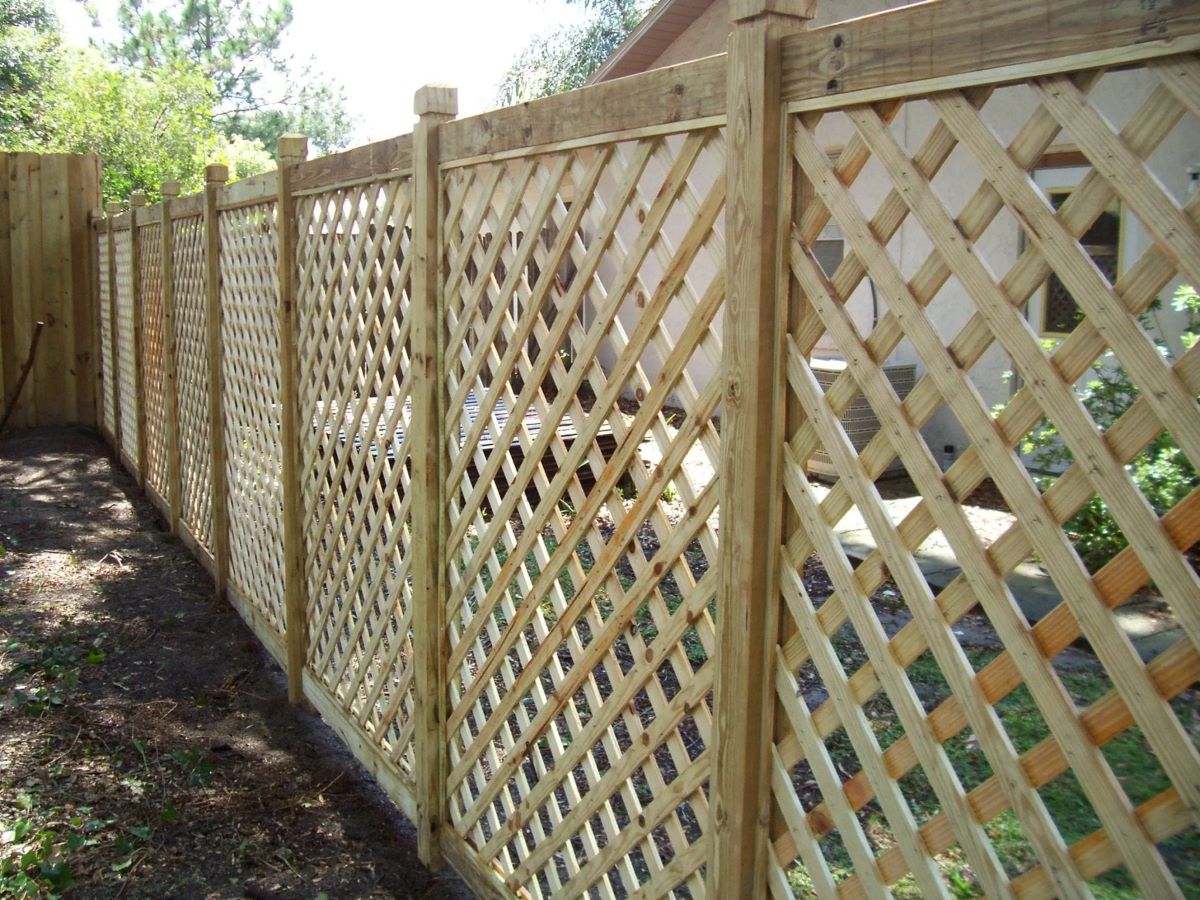
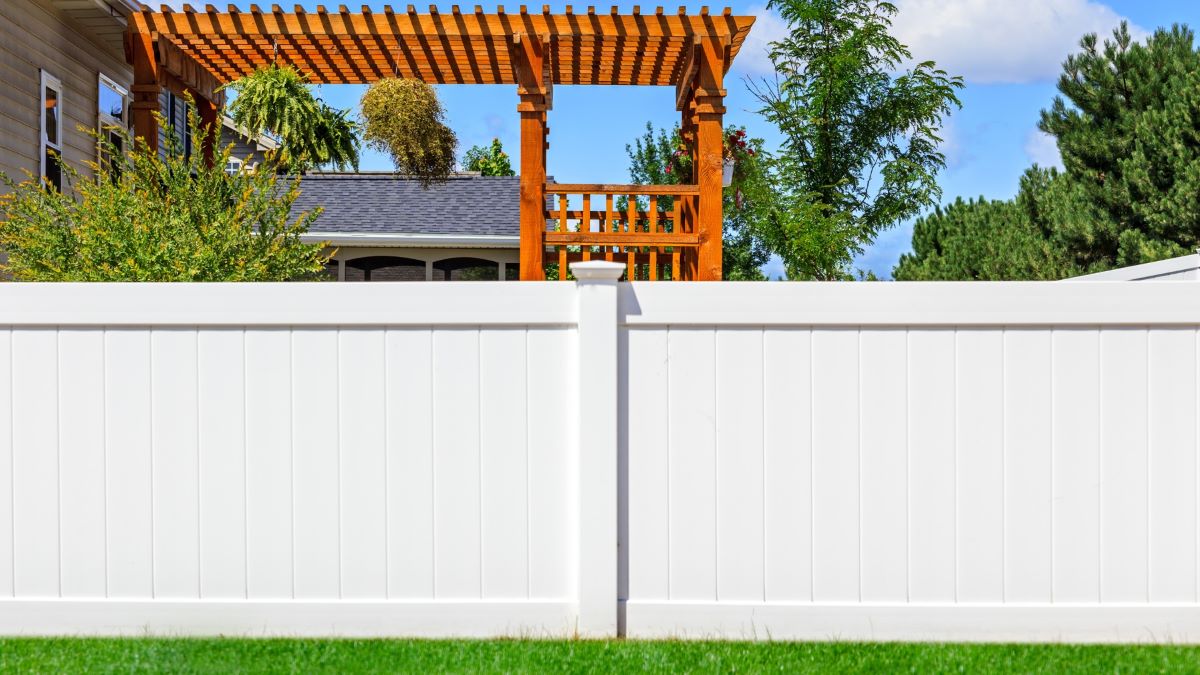
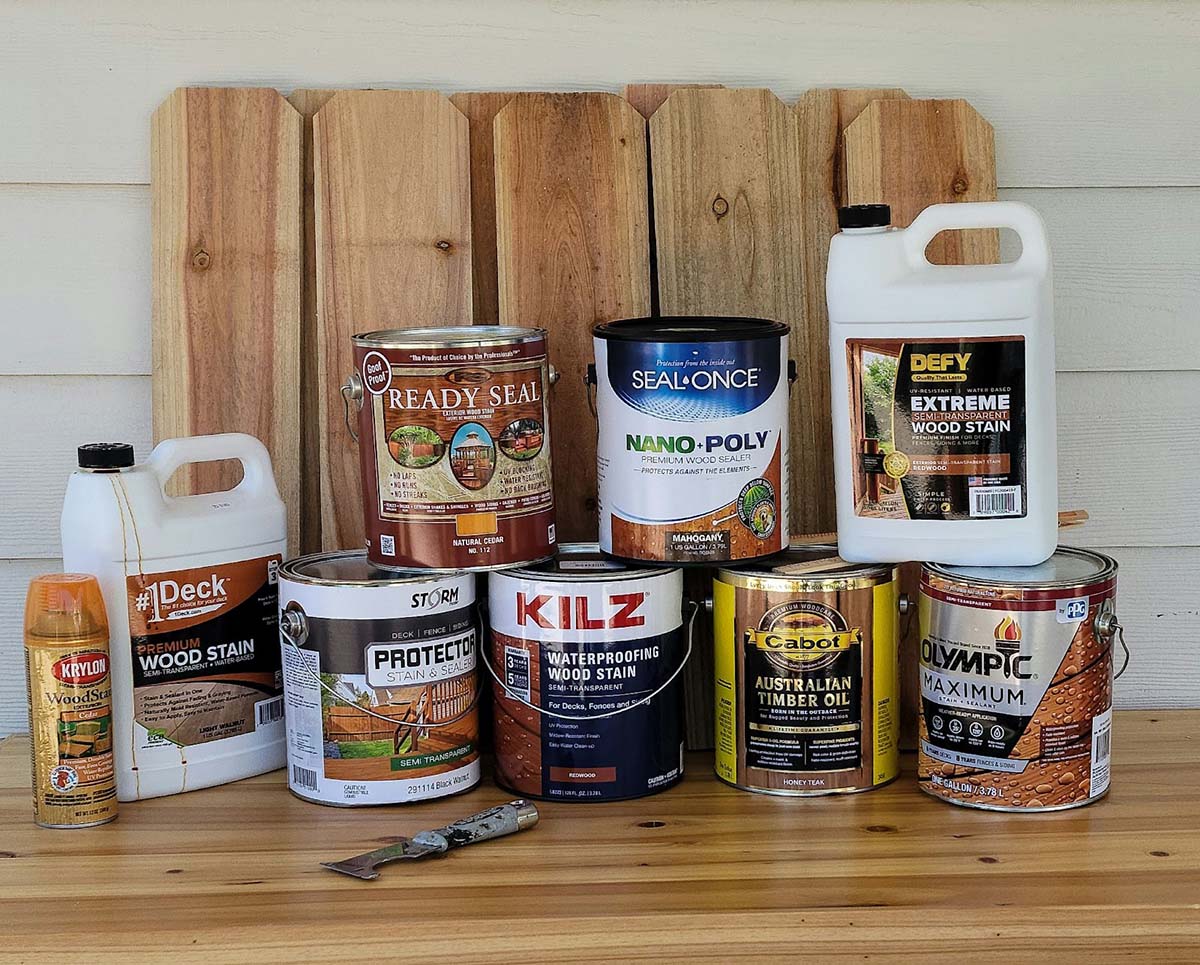
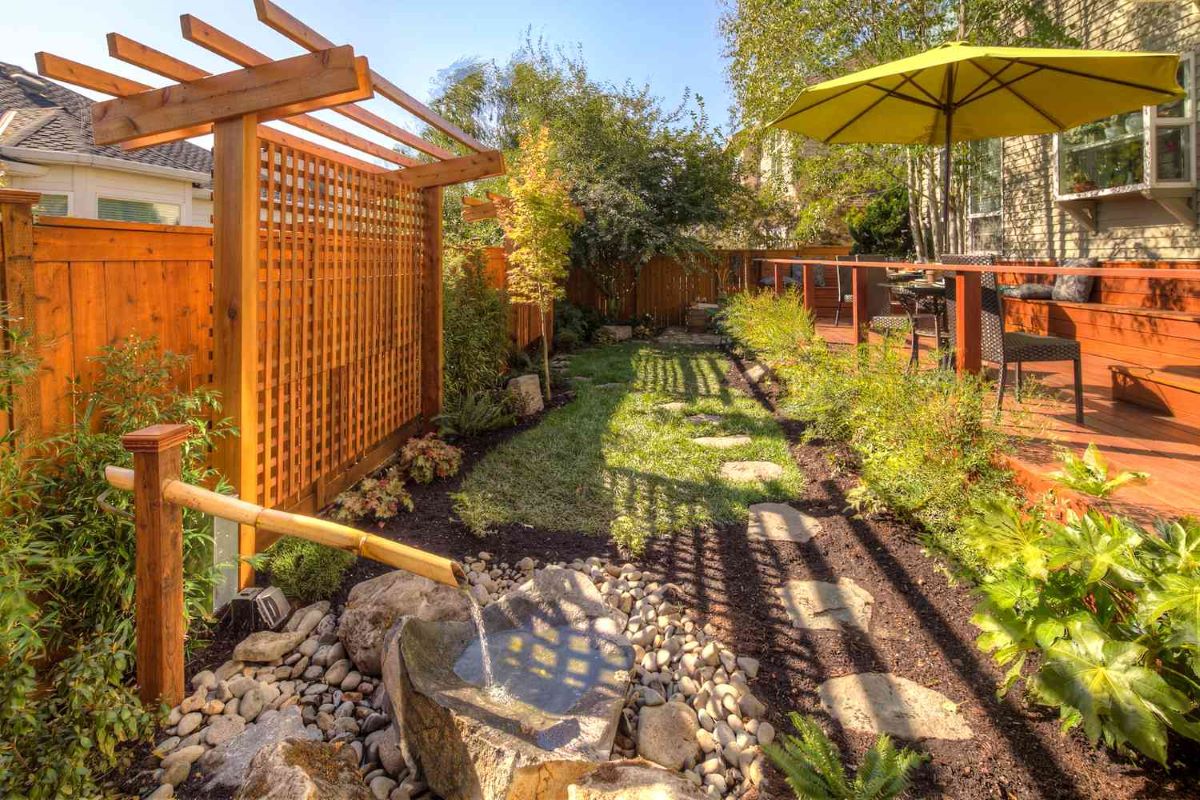
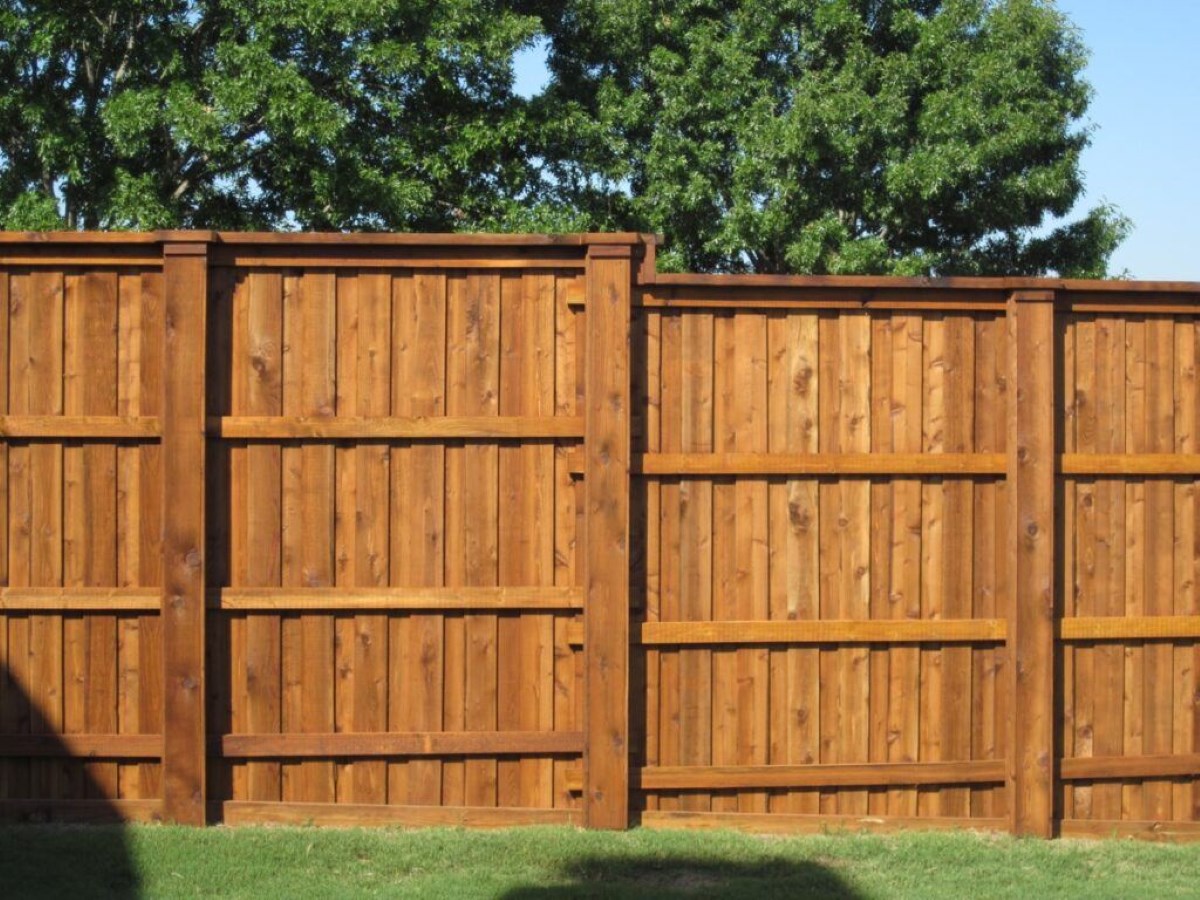
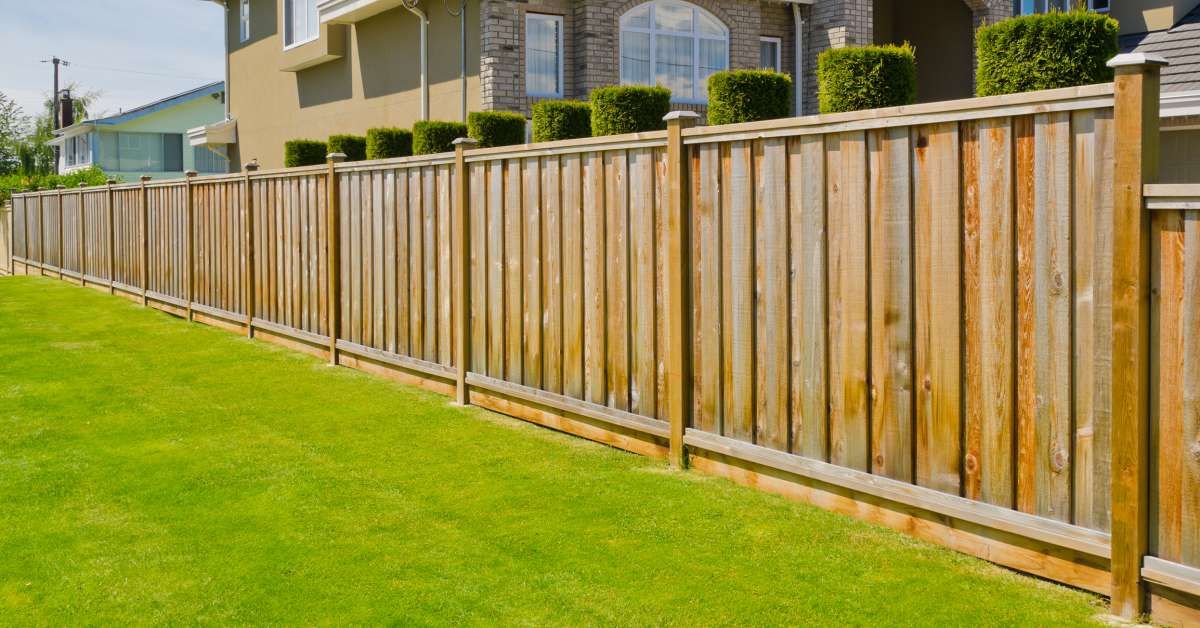
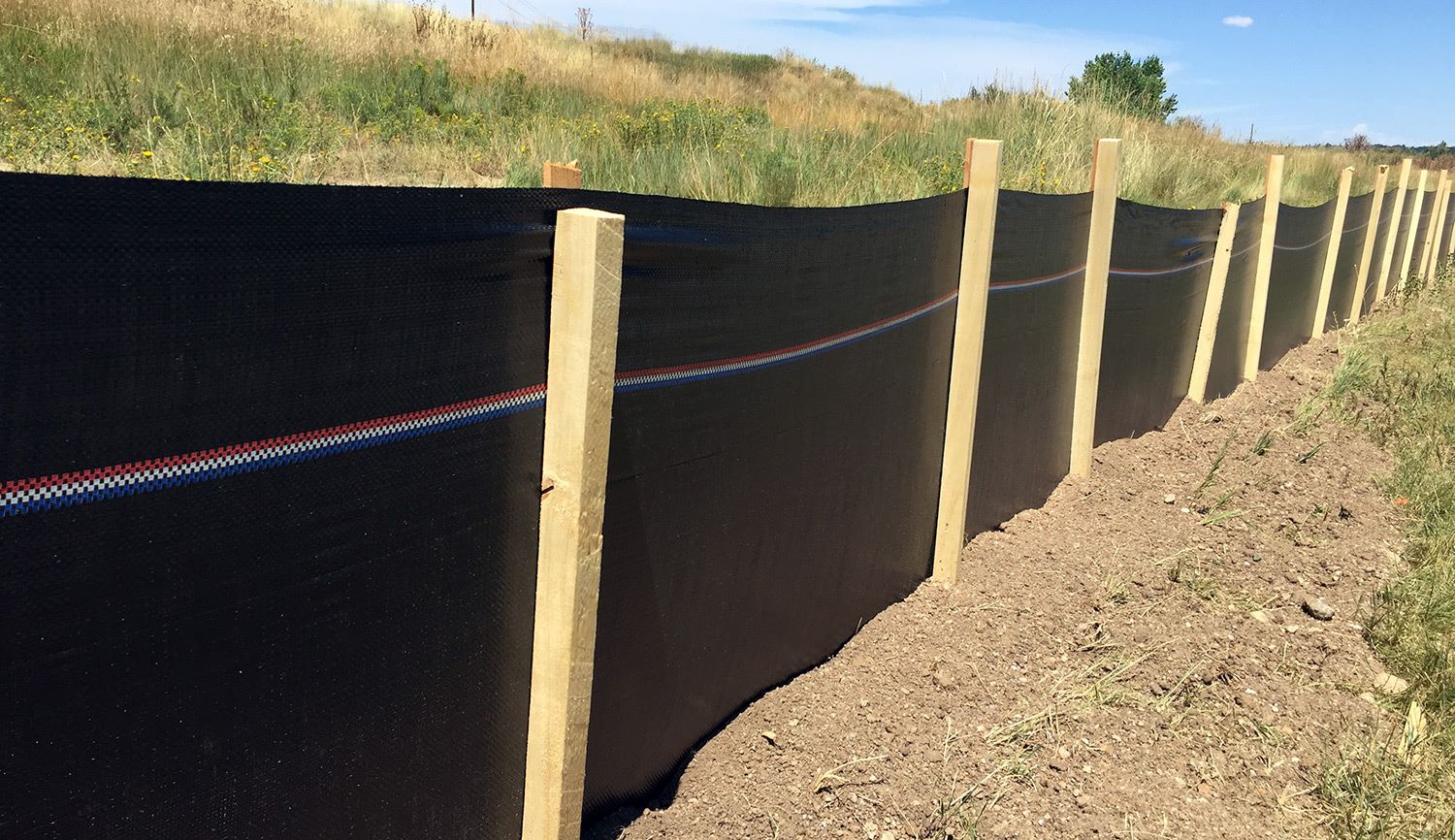
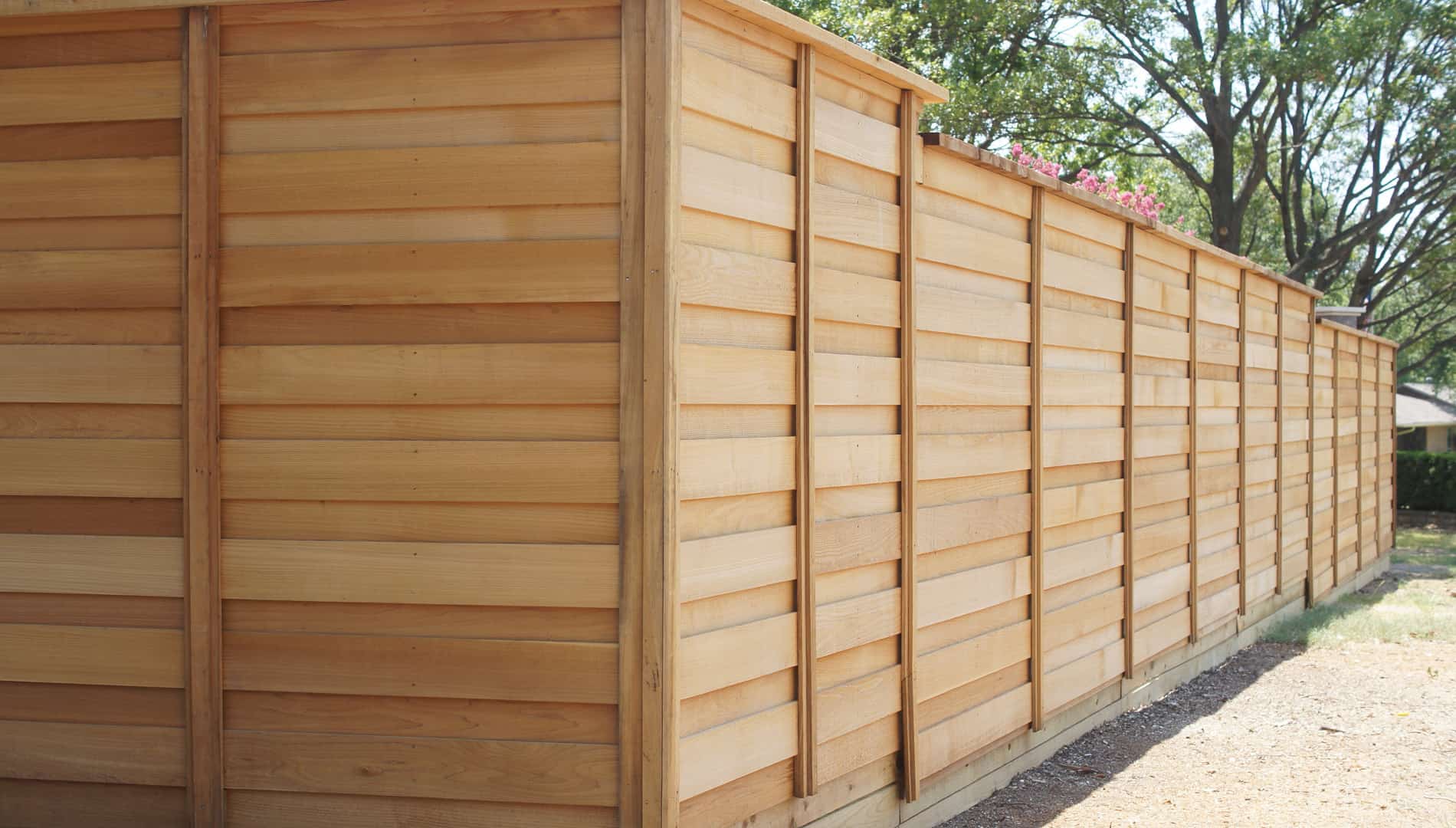
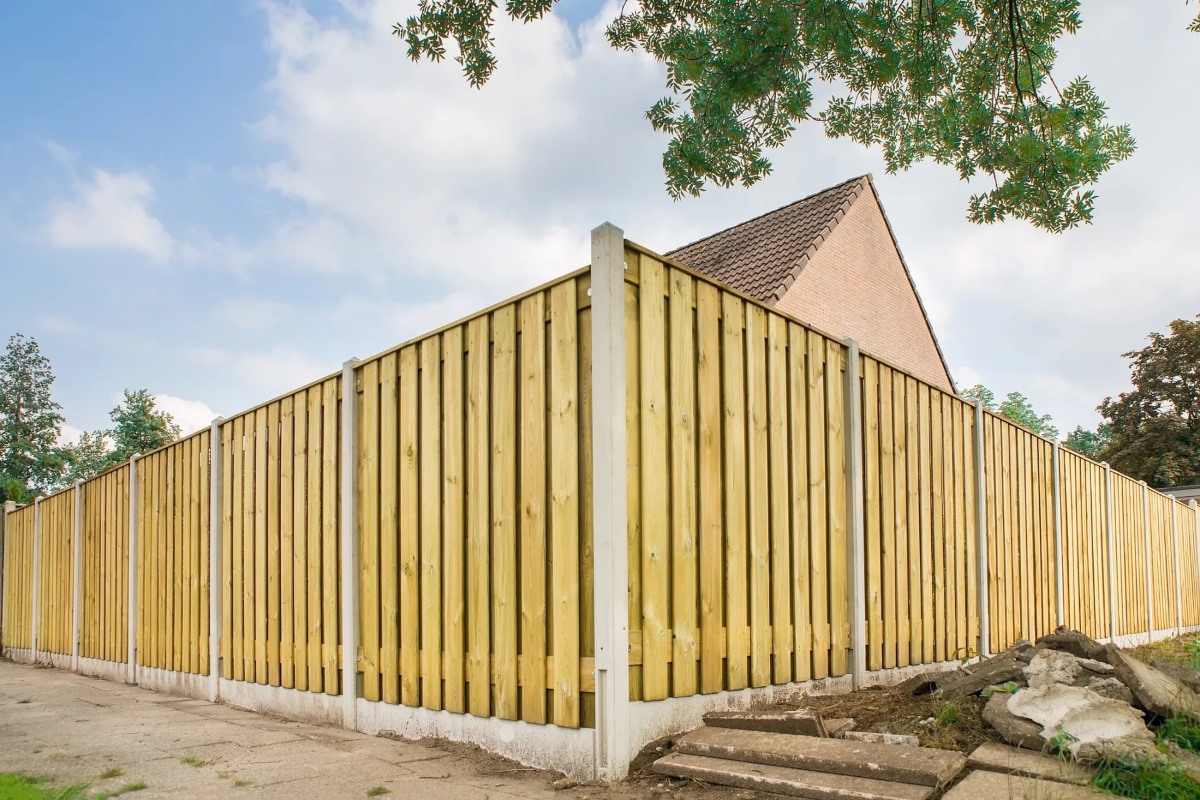
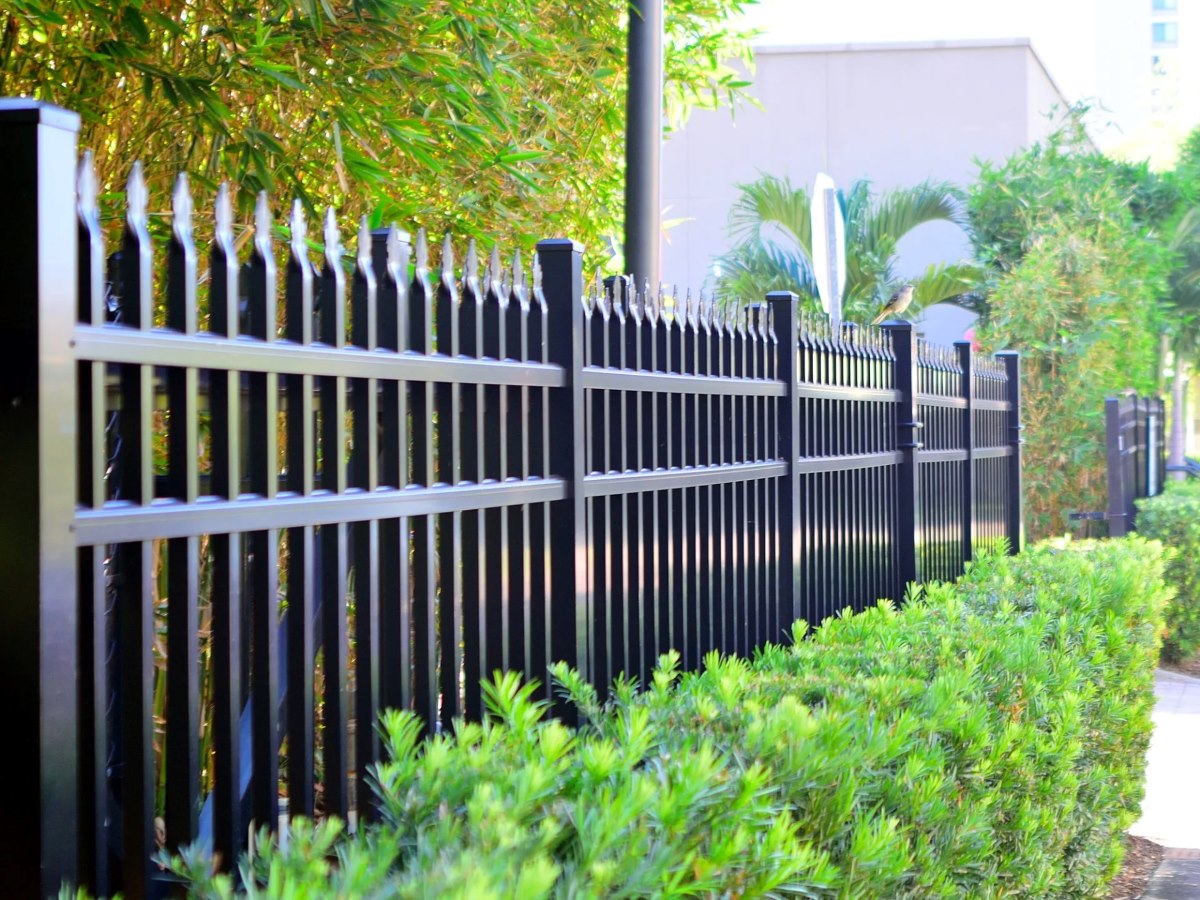

0 thoughts on “What Is A Perimeter Fence”